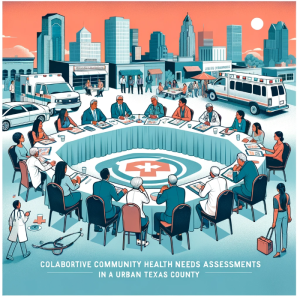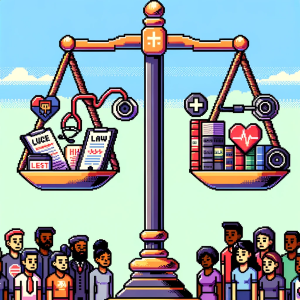
The Impact of Extreme Weather on Food Retail Environments: A Critical Analysis
The recent article Food retail environments, extreme weather, and their overlap: Exploratory analysis and recommendations for U.S. food policy by Scharadin, Zanocco, and Chistolini (2023), published in PLoS ONE, opens an insightful dialogue on the intersection of extreme weather events and food retail environments (FRE) in the United States. This article is pivotal in understanding how climate change-induced weather patterns affect food accessibility and availability, especially in vulnerable communities.
The Growing Concern of Extreme Weather
Climate change has led to an alarming increase in extreme weather events, profoundly impacting human life and infrastructure. The study highlights the correlation between historical extreme weather exposure and lower food availability and accessibility. This growing concern underscores the need for integrated food policy and disaster management approaches.
Food Insecurity and Climate Change
The intersection of climate change and food insecurity forms a ‘Global Syndemic’, exacerbating health and economic disparities. The study’s focus shifts from traditional agricultural impacts to consumer-level effects, particularly in the FRE. This angle offers a fresh perspective on how communities experience and respond to extreme weather events.
Methodological Approach
The authors employ a county-level analysis in the U.S., examining the spatial relationship between extreme weather events and food access. Utilizing datasets like the Food Environment Atlas and the Spatial Hazards Events and Loss Database, the study offers a comprehensive view of how extreme weather correlates with food retail availability and accessibility.
Exploring the Food Retail Environment
The study defines the FRE using dimensions like availability and accessibility. It points out that while grocery stores, convenience stores, and supercenters form the backbone of food retail, their density and accessibility vary greatly across different regions and are impacted differently by extreme weather events.
Key Findings
The article presents several crucial findings:
- Spatial Overlap between Extreme Weather and FRE: Regions with frequent extreme weather events tend to have lower food retail availability and accessibility.
- Impact on Food Retail Stores: Extreme weather events are correlated with a reduction in the density of grocery and convenience stores.
- Varying Impact Across Counties: The impact of extreme weather events on food access and availability varies, with higher store density areas experiencing larger proportional decreases.
Implications for Policy and Public Health
These findings have significant implications for public health practice and policy-making. The study suggests that areas prone to extreme weather require robust food policies that enhance accessibility and availability. This approach is a response strategy and a preventive measure to ensure food security during crises.
Recommendations for Future Policies
The study emphasizes the need for multi-faceted policies that address the unique challenges posed by extreme weather:
- Enhancing infrastructure resilience in food distribution and storage.
- Coordinating disaster relief plans with local food retail environments.
- Implementing initiatives to strengthen local food systems, thereby increasing community resilience.
Conclusion
This groundbreaking study by Scharadin et al. is a call to action for integrating food policy with disaster management strategies. As extreme weather events become more frequent and severe, understanding their impact on food retail environments is crucial for developing effective public health interventions and policies.
Elevate Your Insight with Every Issue!
Ignite your journey as a public health change-maker through ‘This Week in Public Health.’ Each edition draws you nearer to the pulse of community health, pioneering research, and advocacy. Beyond mere news, it’s your catalyst for transformation. Become a part of our community of enlightened individuals dedicated to driving positive change in public health every week – subscribe for free now!



